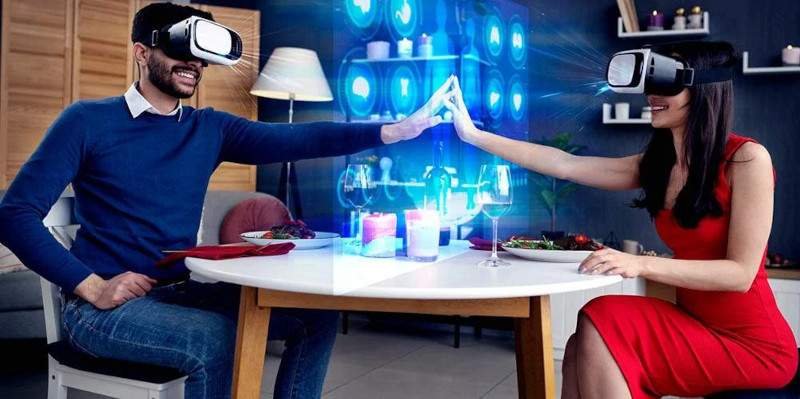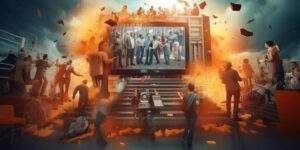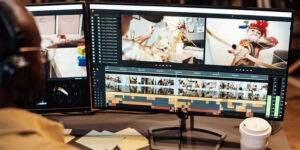In today’s rapidly evolving digital world, virtual reality has developed into a ground-breaking technology. It enables users to transcend reality and enter incredible virtual worlds. Visual effects are what this is all about. These effects are crucial in enhancing user experiences and bringing virtual environments to life.
Virtual reality has created countless opportunities in various industries, including gaming, entertainment, training, and education. While technology and software developments have contributed significantly to the VR revolution, the heroes who are frequently neglected, the Visual Effects (VFX), give these virtual worlds their actual lives.
Role of VFX in VR Experience
Since VFX is gaining importance in the VR industry, the former has changed the face of the latter. Let us check the role of VFX in VR-
- Immersive Enhancement
By incorporating depth and interactivity into the virtual environment, VFX technology enables the development of very engaging VR settings. Dynamic lighting effects can produce lifelike shadows and reflections, giving objects a realistic presence and enhancing the realism of the virtual world. Users can get more fully immersed in the virtual environment and have a more intense sensory experience by simulating natural occurrences like rain, snow, fire, and explosions using particle systems.
- Creating Realism
Making objects appear genuine and feasible is vital to achieving realism in virtual reality. When you put on a virtual reality headset, you want the virtual world to look like the real world. By adding realistic elements to the virtual world, visual effects create excitement.
Imagine that you are playing a virtual reality game in a beautiful forest. Thanks to the best visual effects, the trees, plants, and animals can all appear to be from a natural forest. Animals may behave realistically, foliage gently sway in the wind, and lighting resembles sunshine.
- Creating Depth and Dimension
Depth and Dimensions make items appear three-dimensional (3D) in virtual reality. Real life provides a sense of distance and space since everything has a certain amount of width, height, and depth. This sense of depth is replicated visually in virtual reality. For instance, a virtual reality (VR) mountain should not appear flat; instead, it should seem far, with the summit being farther away than the base, thanks to visual effects services.
- Creating Engagement
Beyond being aesthetically pleasing, VFX is essential for stirring up consumers’ emotions. Imagine a virtual reality experience where you are perched on a cliff, watching a mesmerizing sunset. The hues, lighting, and atmospheric effects create a serene atmosphere. On the other hand, in a horror game, gloomy lighting, unsettling fog, and unsettling particle effects can evoke feelings of dread and anxiety.
Conclusion
The combination of VR with VFX is a virtual reality heaven. The emotional and interactive components of the VR experience are also shaped by VFX, in addition to improving the visual appeal of virtual environments. We can only expect ever more astounding VFX capabilities as technology develops, pushing the limits of what is possible in the virtual world. Aspirants want to start their journey in VFX and learn more about VR. If you are one of those, join MAAC Behala to take the course.




